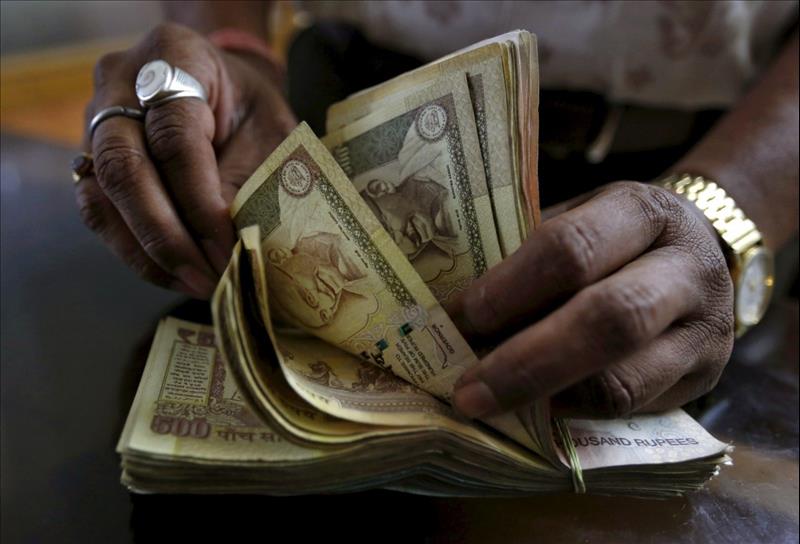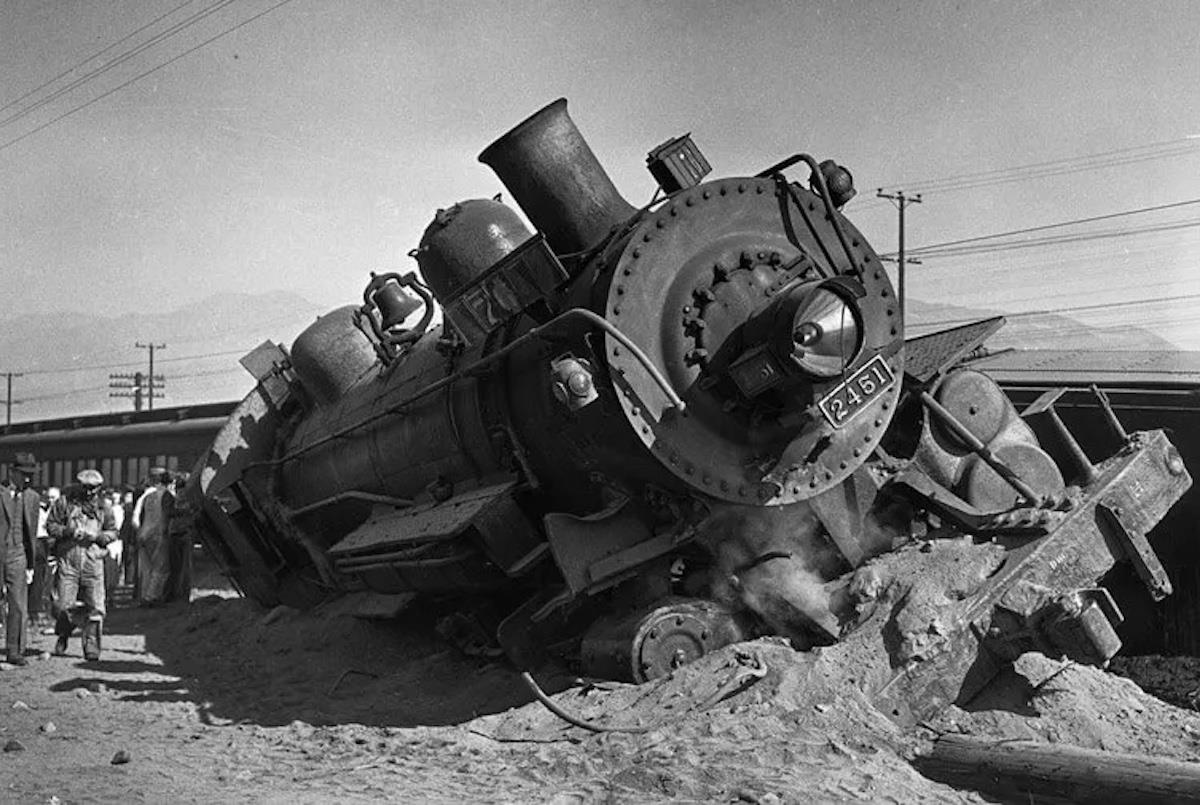
Breaking India's Tax Squeeze
The Indian government has faced severe criticism for its inability to reduce this burden, particularly as GDP dipped to 5.4% in Q3, a significant slippage from 6.7% in Q2, 7.8% in Q1 and 8.6% in Q4 2023. But can the Indian middle class's tax burden be reduced without compromising fiscal stability?
Many experts, including Thomas Piketty , have advocated for higher taxes for the richest 1% to ease the strain on the Indian middle class. While this proposal has its merits, two key issues emerge.
First is the longstanding conundrum over whether higher taxes on the rich might lead to reduced capital formation, potentially affecting job creation and long-term economic growth.
Second, even with increased taxation on high-income groups, the scope for significantly reducing taxes on the middle class remains limited given the fiscal constraints and the government's reliance on transfer payments to support vulnerable populations.
Theoretically, higher personal income taxes or wealth taxes for rich individuals should negatively affect financial markets or businesses directly, as their willingness to invest in these areas should decline.
However, extensive economic research, including studies by Emmanuel Saez and others, finds little evidence that high-income earners were discouraged from investing due to increased taxes .
For instance, despite top income tax rates dwindling from 70% in 1965 to under mid-30% in 2024, drastic changes in growth rates have not been noted in the US. Over the past decades, economic growth , when measured on a ten-year moving average, has consistently hovered between 3% and 4% since 1974.
This is contradictory to the theory in the sense that lower taxes are supposed to spur investments. It is thus logical to surmise that higher tax rates won't act as disincentives, making the wealthy shy away from innovative investments. The real driver of investment remains strong and consistent demand, particularly from the middle class, whose spending fuels growth across sectors.

Legal Disclaimer:
MENAFN provides the information “as is” without warranty of any kind. We do not accept any responsibility or liability for the accuracy, content, images, videos, licenses, completeness, legality, or reliability of the information contained in this article. If you have any complaints or copyright issues related to this article, kindly contact the provider above.


























Comments
No comment